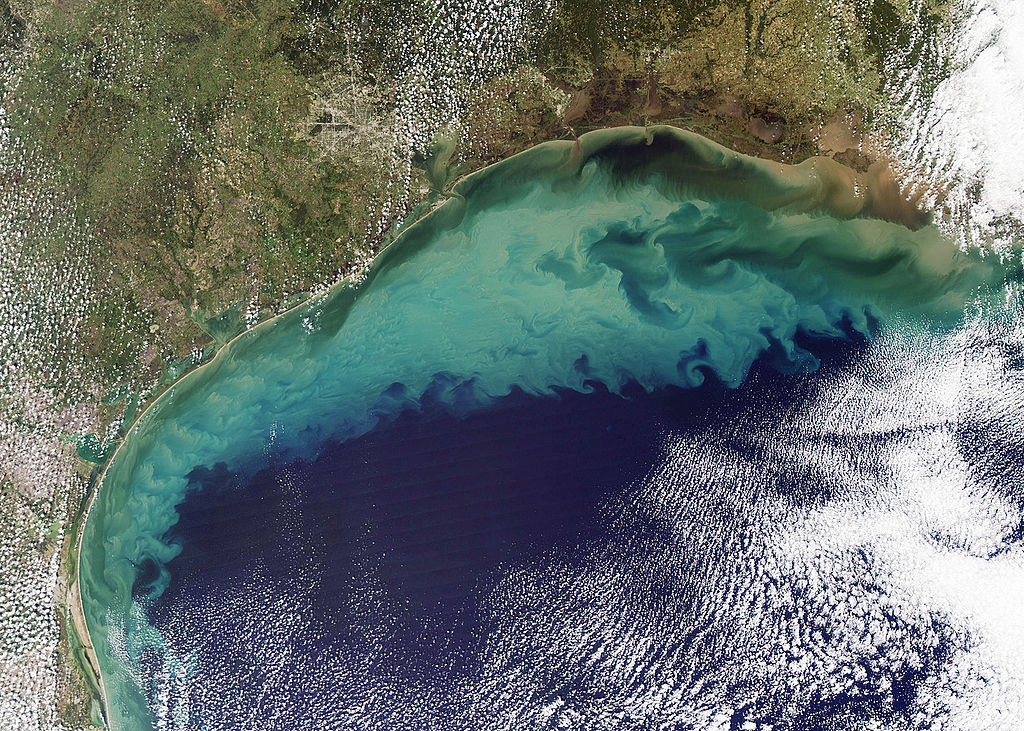This may be a difficult summer for Texas marine life. Experts predict a near-record dead zone, which is caused by heavy rainfall and agricultural activity along the Mississippi River that trickles down to Texas’ upper Gulf Coast.
Larry McKinney is senior director of the Harte Research Institute for Gulf of Mexico Studies at Texas A&M University Corpus Christi. He says dead zones occur when oxygen levels in seawater fall too low to sustain life. It happens every year, but this year’s is expected to be among the largest on record.
“The prediction this year may be for one of the largest ever – somewhere between 8,700 square miles or maybe as much as 9,500 square miles,” McKinney says.
Dead zones get larger in the spring when the weather gets warmer.
“All that fresh water runs out over the top of the ocean and creates a shield for the saltwater, a block for the saltwater below it,” McKinney says. “And then we start seeing the algae bloom and die and settle to the bottom and deplete the oxygen.”
McKinney says the problem begins upstream along the Mississippi River. Heavy spring rainfall washes nitrogen-rich fertilizer from Midwest farms, which ends up feeding algae. Farms that grow corn for ethanol, for example, use more fertilizer in an effort to meet the market’s demand.
“The Mississippi River drains about 40% of the country,” McKinney says. “So, anything that happens in the heartland of the U.S affects us.”
McKinney says this can ultimately affect the food chain along the Gulf Coast.
“As it comes out of the Mississippi, it doesn’t expand like a balloon; it actually moves towards the Texas coast as it gets larger, and more and more of the Texas coast gets covered,” McKinney says. “So, if it’s going to be a very large one as we expect this year, a good part of the upper Texas coast may be blanketed with this low oxygen.”
McKinney says some fish might respond by moving toward areas with higher oxygen levels. But others, including those that live on or near the seafloor, aren’t as mobile and could suffer more. He says that could have an economic impact.
“That can cause a decrease in the available fish for us to eat,” McKinney says. “And that’s a big economic enterprise in the Gulf of Mexico – $16 billion a year or more.”
















